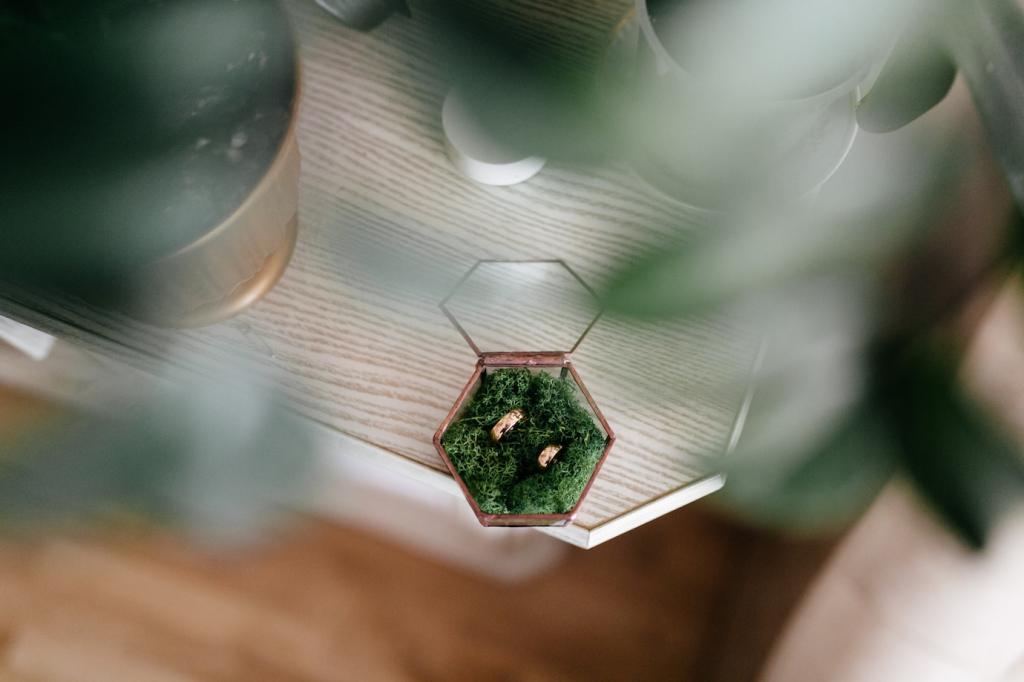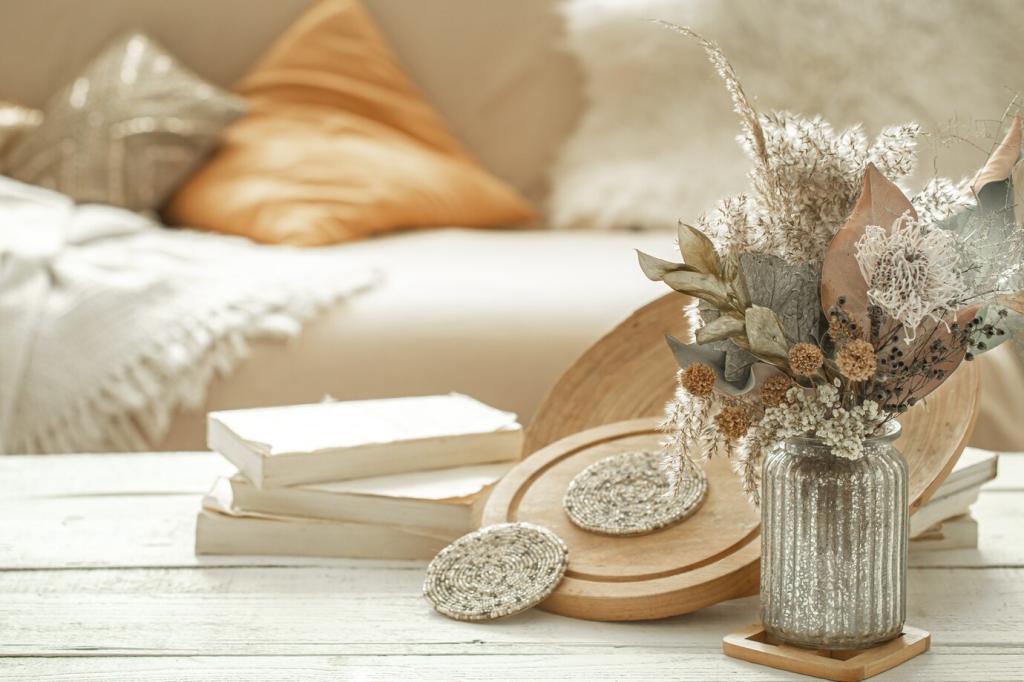
Eco-Friendly Furniture Choices
Eco-friendly furniture choices are gaining momentum as consumers increasingly value sustainability, responsible sourcing, and environmental stewardship in their homes and workspaces. Embracing eco-friendly furniture means seeking out pieces that are thoughtfully designed, made from renewable or recycled materials, and manufactured with the well-being of our planet in mind. On this page, you’ll discover the key principles of green furniture, options for sustainable materials, the importance of ethical manufacturing, style considerations, and practical tips for choosing and caring for eco-wise pieces to create a home that’s as gentle on the earth as it is comfortable.
Understanding Eco-Friendly Furniture
What Makes Furniture Eco-Friendly
Truly eco-friendly furniture is not defined by a single attribute but rather a holistic set of practices covering the entire journey from design to disposal. These practices begin with conscious sourcing—using sustainably harvested timber, rapidly renewable resources like bamboo, or recycled materials prevents further depletion of forests and landfill overflow. Manufacturing methods matter just as much: companies committed to low-impact production use non-toxic adhesives, water-based finishes, and energy-efficient machinery. Finally, an eco-friendly piece is designed for durability, easy repair, and eventual recyclability, ensuring that its ecological footprint remains as light as possible throughout its usable life and beyond. When you understand the multi-faceted approach required, it becomes clear that every choice—from raw materials to final placement in your home—has an environmental story to tell.
Recognizing Green Certifications
One significant tool in identifying eco-friendly furniture is understanding green certification standards. Certifications like FSC (Forest Stewardship Council), GREENGUARD, and Cradle to Cradle provide credible verification that a furniture item meets stringent environmental and health criteria. Products carrying these labels have been scrutinized for responsible forestry, indoor air quality, material reuse, and low chemical emissions. Recognizing and researching these certifications empowers consumers to separate greenwashing claims from truly sustainable options. Savvy shoppers can also look for third-party reviews or traceability resources to confirm legitimacy. Ultimately, these certifications add a trusted layer of transparency that simplifies the journey toward making greener furniture choices for every room in the home.
The Lifecycle Approach
An essential concept in eco-friendly furniture is the lifecycle approach, which evaluates and minimizes environmental impact from creation to disposal. This method considers how raw materials are sourced, how energy and resources are consumed during production, and the impacts of both transportation and packaging. It then looks further into the longevity of the product—how long it will last, how easily it can be repaired, and what happens to it after its useful life is over. Furniture designed with the lifecycle in mind is built for durability and easy disassembly, allowing for recycling or responsible disposal. Adopting this perspective encourages both manufacturers and consumers to reduce waste and extend the useful life of each piece, reinforcing the overarching goal of sustainability.
Previous
Next
Sustainable Materials in Furniture
Opting for furniture made with sustainably harvested wood ensures that forests are managed responsibly for future generations. This means trees are not over-harvested; rather, they are carefully selected to maintain habitat diversity, soil integrity, and the long-term health of forest ecosystems. Reputable suppliers adhere to forestry practices certified by organizations like the FSC, which audit woodland management, logging practices, and replanting efforts. Moreover, furniture produced from such wood often features beautiful grain patterns and natural durability, proving that eco-consciousness and aesthetic appeal can go hand in hand. By supporting sustainably harvested wood, consumers help preserve forests while enjoying high-quality, long-lasting pieces for their living spaces.

The Role of Reusability and Durability
Furniture designed and constructed for longevity resists wear, maintains its beauty, and performs well through years of regular use. Features such as reinforced joinery, solid hardwoods, and quality hardware contribute to a piece’s ability to withstand the rigors of busy households or bustling workspaces. Longevity also comes from timeless design—avoiding disposable, trend-driven aesthetics in favor of classic lines and neutral finishes that transcend changing styles. As these pieces age, they often acquire a charming patina and deepened character, reinforcing the sustainable ethos of buying less but buying better. Built-to-last furniture honors investment, both personal and ecological.
Previous
Next
Eco-Friendly Furniture for Every Room

The living room is often the focal point of home life, making it a prime area for sustainable furniture innovation. Eco-friendly sofas and chairs are now crafted with responsibly harvested wood frames, organic cottons, natural latex, and recycled polyesters. Coffee tables and bookshelves made from reclaimed timber or certified woods bring warmth and history into the heart of the house. By choosing modular seating and tables with adaptable functions, homeowners can maximize use and longevity. Such selections not only promote a healthier home environment but also set the tone for a lifestyle committed to the well-being of both family and planet.
Previous
Next
Health and Wellness Benefits
01
Improved Indoor Air Quality
One of the significant health advantages of eco-friendly furniture is the reduction of harmful emissions that degrade indoor air quality. Conventional finishes and synthetic materials can release dangerous volatile organic compounds (VOCs) and other toxins over time. By choosing pieces crafted with natural fibers, solid woods, and low-VOC, water-based finishes, homeowners and office occupants enjoy fresher, cleaner air. This lowers the risks associated with allergies, asthma, and long-term health complications for all residents, particularly children and seniors. Prioritizing materials that do not pollute the air transforms your home into a true sanctuary.
02
Non-Toxic Materials for Sensitive Individuals
Sensitive individuals, including those with allergies, asthma, or chemical sensitivities, benefit tremendously from non-toxic and hypoallergenic furniture components. Organic cotton, untreated wools, and natural latex provide comfort without harsh chemical residues or off-gassing. Eco-friendly adhesives and stains eliminate irritants that can trigger reactions or disrupt sleep. Even finishes derived from plant oils or bee waxes offer protective qualities without the health risks common in mainstream furniture production. Intentional choices made in favor of clean, chemical-free supplies allow everyone to enjoy their spaces with confidence and peace of mind.
03
Enhanced Emotional Well-Being
Beyond physical health, eco-friendly furniture often fosters a deeper sense of satisfaction and emotional resonance. Knowing that your furnishings respect both people and planet instills a sense of purpose and pride. The calming effects of natural materials, gentle finishes, and organic forms bring the outdoors in, connecting inhabitants to nature and supporting mental restfulness. Many owners develop a lasting bond with high-quality, sustainably made pieces, treasuring their stories and patina over the years. Ultimately, an eco-conscious living environment encourages mindfulness, gratitude, and a meaningful connection to both home and Earth.
Styling Your Home Sustainably
Blending vintage or antique pieces with new sustainable furnishings creates a home with depth, character, and a story all its own. Reusing family heirlooms, repurposing found objects, or embracing preloved furniture extends lifecycles and adds unique visual interest. Paired with contemporary, eco-conscious designs, the result is a layered, eclectic style that’s dynamic yet harmonious. This approach not only saves resources but also ensures your space reflects truly individual style. By celebrating both past and present, your home becomes a vibrant showcase for sustainable creativity and cherished memories.
